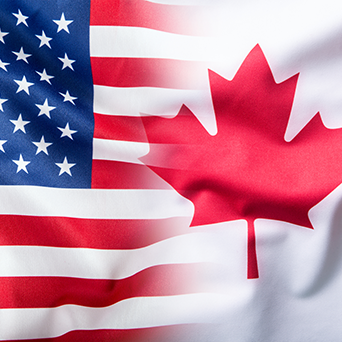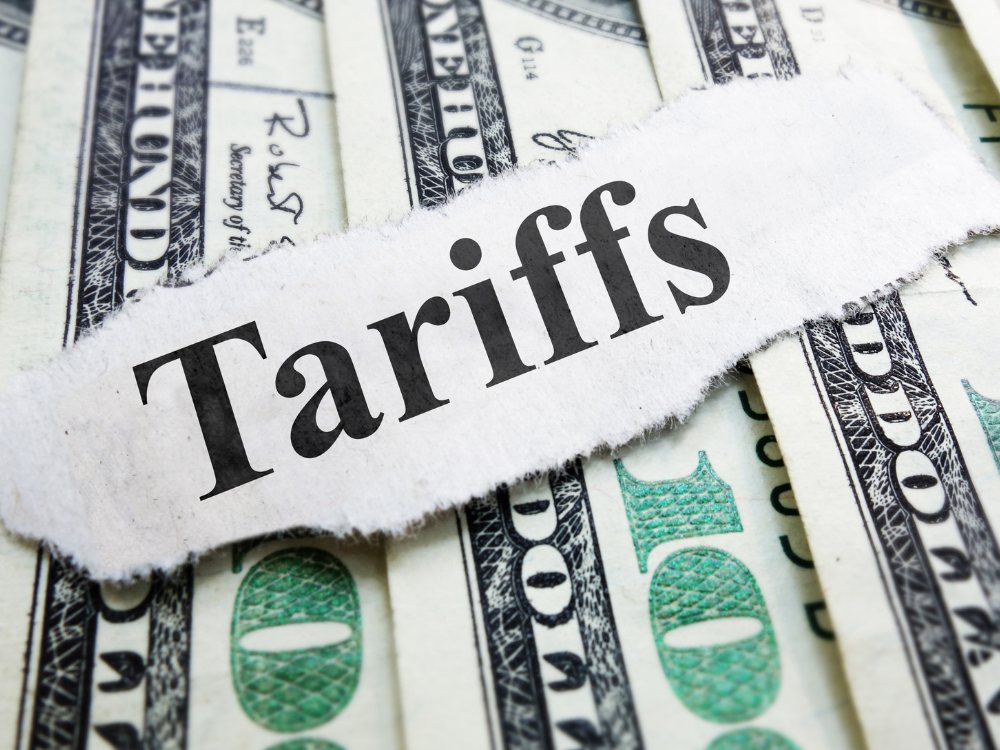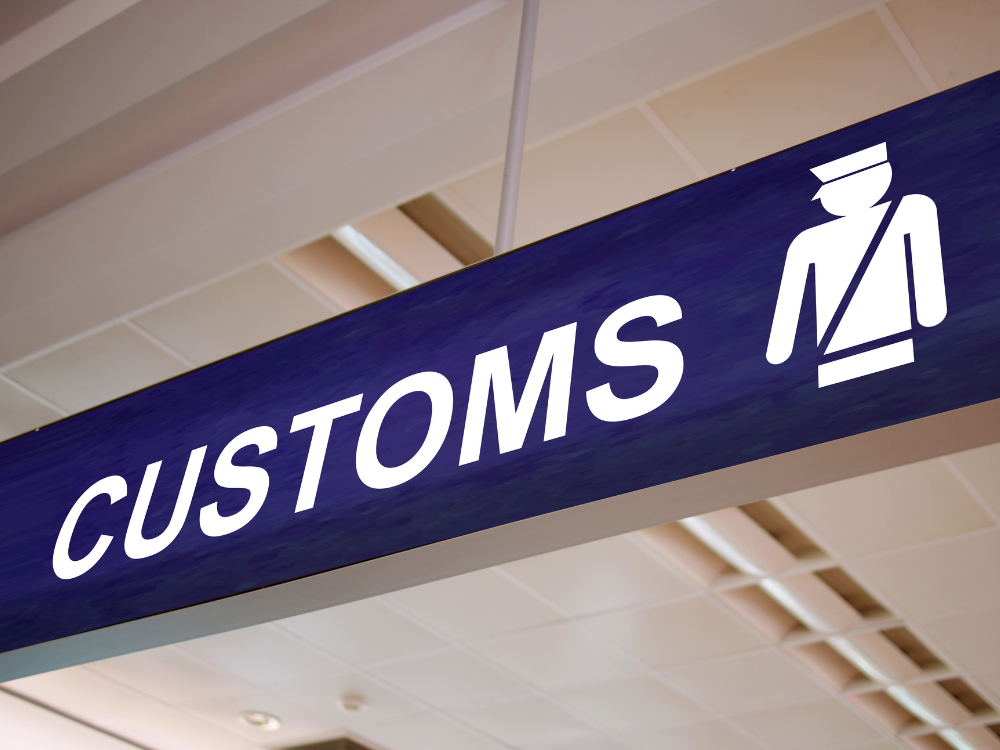2025.07.02
How to ship to the United States

Shipping to America is a really easy, hassle free process when the right preparation has been completed. In this guide you will learn what is necessary to get your parcel over the Atlantic and into the United States, regardless if you are a first-time shipper or business regular.
For your convenience, the guide has been split between these 4 main categories:
• Customs Duties and Paperwork
• Prohibited Items
• Sending Food
• Packaging Tips
Customs Clearance, Duties and Paperwork
When shipping to the US all goods must go through Customs to be cleared. This therefore means that you will need a Customs Invoice for your shipment. This document will determine how much tax and duties you will need to pay – so ensure it is completed properly and clearly.
For example, when completing the form, make sure to accurately describe each item included in the package. Instead of saying that your package contains ‘clothes’, write ‘t-shirts for boys aged 10-12’. The better the accuracy, the speedier the process – US Customs is notorious for its due-diligence.
No duties or taxes will be applied if the total parcel value is below certain thresholds. For example, the Gift value threshold is $200. If you are sending a gift to the US then declare the item as an unsolicited gift on the invoice, its complete description and value. Make sure to send your gift to a residential address and not a US business address, otherwise you will have to pay duties and tax. The Formal Clearance threshold is $2,500. This means that if your shipment is worth over $2,500, it will be subject to delays as it goes through formal clearance.
If your package has duties or taxes applied, the receiver will be contacted by customs to confirm their Tax ID. They will then need to pay the additional costs applied to your parcel. You can pay for the costs yourself by contacting customer support prior to booking and arranging for the charges to be sent to you, instead. Some items require an import license for them to enter the United States legally. If you are unsure if you need one or not, then please view the official US Customs import licenses page for more details.
Additional Reading
When sending personal effects, you need to complete an ‘Unaccompanied Articles’ customs form (form 3299). This includes personal goods, excess luggage and household goods. Customs have a guide to completing the form here. A guide to gift tax in the United States
Restricted and Prohibited Items
The US operates a list of prohibitions and restrictions on what can be imported. To view them, please visit the official US Customs page for restricted and prohibited items. We highly recommend customers view these items before booking a delivery, to avoid any additional fees or delays to the parcel.
These items are prohibited from being shipped with a courier:
• Aerosols • Dairy • Furs
• Ivory • Fresh Food • Animals
• Cash • Nail Varnish • Perfume
• Plants • Tobacco • Seeds
Other items are specifically restricted from entry in the US by Customs. Some of these include ink and other poisonous materials. If you would like to import goods like this, you will need a TSCA (Toxic Substance Control Act) form/declaration, with a breakdown of the ink composition. We also advise customers who are importing photographic film that you will be charged duty on it, if it was purchased in a different country. If it was purchased in the US, and you are returning to the US, then you will not be charged.
Electronics
The import of electronics is governed by the Federal Communications Commission (FCC). When sending electronics to America, the FCC requires an additional form for customs clearance. This must be completed by the sender and confirms that the electronics being sent abide by the FCC standards of import. The form should be completed and attached with the customs invoice for the parcel.
Sending Food Items to the US
Food imported to the United States is handled by the FDA and is subsequently heavily restricted, as is sending food with a courier. You can view these restrictions on the official FDA page, or follow these basic principles for sending food abroad.
- Foods must be in the original manufacturer’s packaging.
- Food packaging must be sealed and not tampered with in any way.
- Food label must list all ingredients.
- Foods must have a shelf life of longer than six months from the date of shipping.
- All foods that have a shelf life of less than six months will be classed as perishables, and cannot be sent via courier, even if store bought.
All food being imported into the US must be cleared by the FDA, which can add on several days to Customs clearance. The FDA also require prior notice to any imports of food into the US, and failure to do so may result in your package being detained or destroyed.
Packaging your goods
To ensure your items arrive in the condition they were intended, there are some basic and simple packaging rules you can follow.
- Whenever you send a parcel, especially one containing fragile items, it is best to invest in a new double-corrugated cardboard box for the outer packaging.
- For added protection, you can even purchase a triple-corrugated box for those really special items.
- For internal packaging, use bubble-wrap and wrap your items individually. Remember to fill any remaining space left in the box with any left-over bubble wrap, newspaper or foam.
Shipping Personal Effects to the US
While personal effects and gifts are generally exempt from customs duties, they have to meet certain criteria.
Clothing must be owned and personally worn by the sender for at least six months. For the USA, there are no value exemptions but, generally speaking, items valued below $200 USD should be exempt as long as they are declared as personal effects. The receiver will need to complete this form.


